It’s not as cliché as the typical rags-to-riches fairytale, but Hydro74’s story is right up that alley. Dysfunction and rejection paved the way for Joshua M. Smith, the esteemed Orlando-based illustrator, typographer, graphic designer (and a number of other labels that fall under the all-encompassing “artist” title).
His unique and extensive talent means he’s the victim of imitators—but also the target of some of today’s most recognized brands. Companies like Fox, Adidas and Halo have reached out to Hydro74 for his meticulously detailed illustrations and out-of-the-box typography.
With a new Hydro74 shop on Creative Market studded with novel fonts, we’re proud to invite Josh into our ever-growing community of shop owners. Plus, we even managed to snag him for an interview.
Josh pulls us back to his days at a Christian college where he first got a taste of Adobe, and swings us all the way to present day where he runs his own fully functioning brand.
All images are courtesy of Hydro74.com.
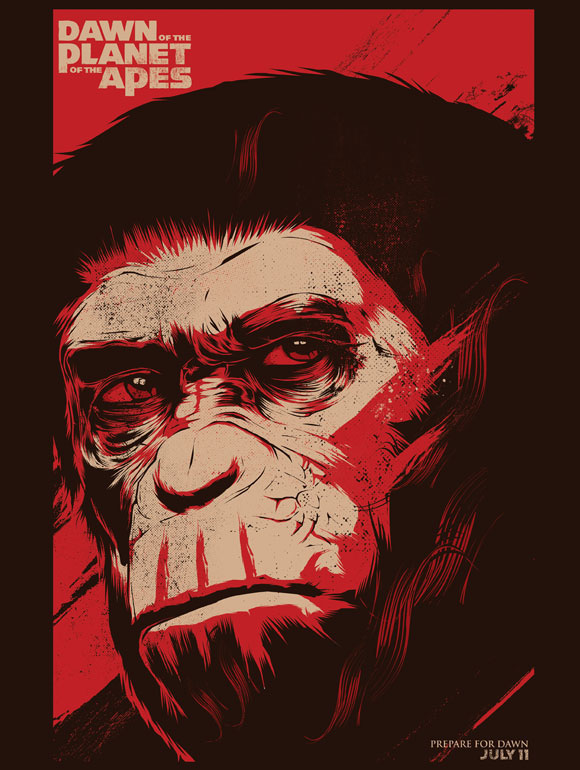
Is it true that you studied to be a teacher before becoming an artist? Why the change?
Well, it’s kind of complicated in an odd sense. During the beginning of my life, up until college, things were hard and there was a lot of dysfunction, abuse and death. I was in and out of foster care and that led me to want to be better than I was. I guess it was a pivotal point in my life where I had to stop any focus on the past and push for what could happen. I never wanted to be a designer and had no passion for it. Instead, I wanted something professional and something that I could take pride in. That’s why I sought out teaching. During the later years of high school and into college, I did take art classes, but only to keep my grades up, to be honest.
Bethel College
I got accepted into a private Christian college, Bethel College, and I was quite happy, though my grades and scores were extremely low. Everything shifted after the first year though, when I found out I wasn’t going to be allowed into the teaching program because physically I wasn’t a good representation for the college. I dressed in whatever I could afford at the time and they thought I was some punk kid. Once I found out, I got immensely depressed and took a year off from college. It felt like my dreams were being taken from me.
Visual Communications
Once I went back to school, it was in my third year that I would see my defining moment. Of course, I still wanted to teach, but after the harsh circumstances of before, I continued with art-related classes. One class that was open was called Visual Communications. The first semester was quite boring, mostly learning the old school ways (pre-computer) on layouts, type study and basics, but the second semester we dove into Adobe products.

Now, keep in mind, the professor was at the same learning pace that we were. I believe we had Photoshop 5.5 and illustrator 7 or 8 at the time. Toward the end of that semester, I linked up with some friends that wanted to make an indie music blog. I had no clue about web design, but I helped make these Powerpuff-looking characters for it, and eventually I built a mini portfolio on Geocities just to show off some bad Japanese animation copies and revises I was doing. By no means was the art any good, but it had a cuteness to it I guess. A month after it being up online (the music blog) my friends got hit up by Tooth and Nail records, which at the time was our music deity, asking about my artwork. They offered me 0 bucks to help with a CD packaging doing my crappy anime style which was horrible. But hell yeah, 0 bucks!
What Happened Next?
My biggest break was working for Endeavor Snowboards. That was my first project that was over K. I was used to 0, maybe 0 projects, so I was all in. Many weeks of hard work, and many revisions later, I fell onto a style that became me. That project opened up opportunities to work with Billabong, Split, Quiksilver, K2, Burton Snowboards, Body Glove, etc. Again, I wasn’t making that much money on freelance, but now I was able to be part of the community more so than I ever was.

BMX and Relevant Magazine
I moved to Dayton and worked for an agency that worked hand-in-hand with BMX, but I couldn’t fit in well in Dayton. I was always depressed because of the weather and I didn’t have any friends, so we mutually split, and I got a job offer in Orlando, Florida being the art director of a magazine. It was a Christian magazine named Relevant, which at the time was decent, but they offered good money and I was able to keep my freelance up after work.
After four years of working there, where I had great times, horrible times, and moments where I lost my mind, I came to the decision that I didn’t want to be there any more, so I quit. I had three months saved up and decided to focus on Hydro74. I gave myself three months to make it (to keep up with rent) before having to find a job. Now eight years later, I’m still running Hydro74 full time, getting fun projects and keeping the lights on. So that is pretty much it. I’m humbled by what I’ve done and had the opportunity to do. I consider myself extremely fortunate.
How has your style evolved since you first started your craft? Would you say you’re headed in any certain direction?
I’m not sure I’ve ever had any core form of evolution, but more so the desire to do better than last time. Over time, I realized when you color a piece, color becomes subjective, and to be able to make a black and white piece that can stand by itself before color changes the dynamic of what you can do.
As I push in techniques, some work, others fail, but I’m always trying to find balance and complexity, or at least the illusion of complexity. In the end, I can’t say it’s an evolution, it’s just that I’m always trying to push new ideas and techniques in what I do to see how far I can take it, but also learning how to save time on a piece so it’s done in a timely manner. That’s Graphic Design 101 right there.

Who are some artists that inspired and influenced you at the start of your design career and who are some that you look up to today?
That’s pretty subjective. I’ll always find inspiration in Greg Irons, Rick Griffin, Ed Roth and old pen and inks of Robt’ Williams. They were among the early founding fathers of progressive art. As projects change, and as art demands change, my research and passions go along with. I’ve looked up to many poster designers from the 60’s and 70’s as well as typographers from the 70’s 80’s. I try to steer clear of current artists mainly because I want to avoid getting too influenced by their work. I’ve came close in the past with some that I lost sight of my version and wanted to do their version, which if you go that route in the end, you’ll lose all that is you. It’s not because I don’t like any current artist. I do. Many. It’s just that today, so many people look like the same designer, copying the same structures and blurring the lines of inspiration and emulation.
How did you adjust from being an employee in a creative position to being your own boss and managing your own brand?
It was quite easy actually, though I didn’t have all the answers and am still learning even to this day. But years of freelance taught me some basics, and I guess I have to admit I’m a product of the 90’s and early 2000’s. It was a different time then. The Internet was fresh, open, and ideas flowed, which led to me observing the rise and fall of many. There was limited ego. When clients called, you enjoyed talking and joking. These were real people and they wanted you to help so they had one less thing to stress about.
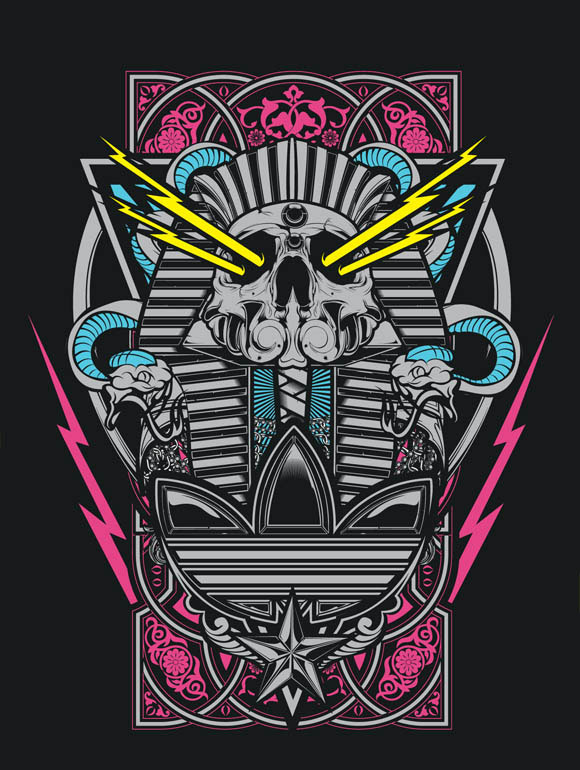
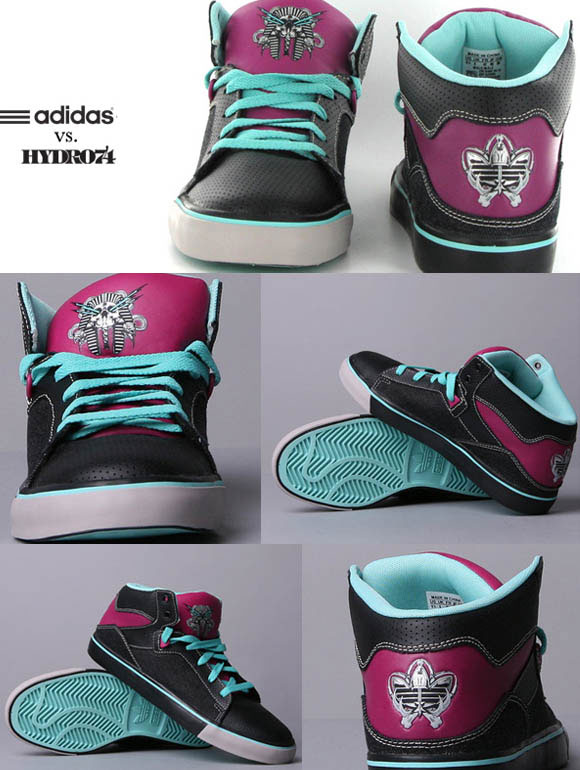
So yeah, making that move wasn’t complicated, it was just learning: taxes, overhead, handling freelancers, figuring out how to talk budgets, or just being able to get your client to talk budgets and you counter, and so on. I consider it a small price to pay because I love every second of what I do. Even when there isn’t much going on, I love just opening up something and making a font to sell or offering up some free fonts or files for people who for some reason follow me. Words can’t describe the peace I have in what I do. I honestly think Adobe, Design and people like Joshua Davis, and Max from Endeavor, saved my life. Not in a morbid sort of way, but put me on a path instead of what could of been.
What advice do you have for aspiring illustrators and typographers looking to brand themselves and succeed as their own entities?
It’s a hard one, really. What comes into play more often than not is the confidence needed to become your own person. We tend to fall into the current ‘need-it-now’, ‘expect-it-now’, and if now doesn’t happen, we get depressed and give up, when in reality, everything takes patience.
The desire to want to work hard, to push yourself and to never be content has been the thorn in my side from the very beginning. Without the failures what do you really learn? Without the patience to allow relationships to grow, you lose sight of what can be.
I also believe firmly that it’s not about the desire to be your own entity, but it’s the desire to be better than what you are that begins to define you. We assume there are always easy solutions, and from time to time, we get easy solutions, which are amazing, but the rest is the confidence to hold your head up and hope for the best because you know you want to be the best.
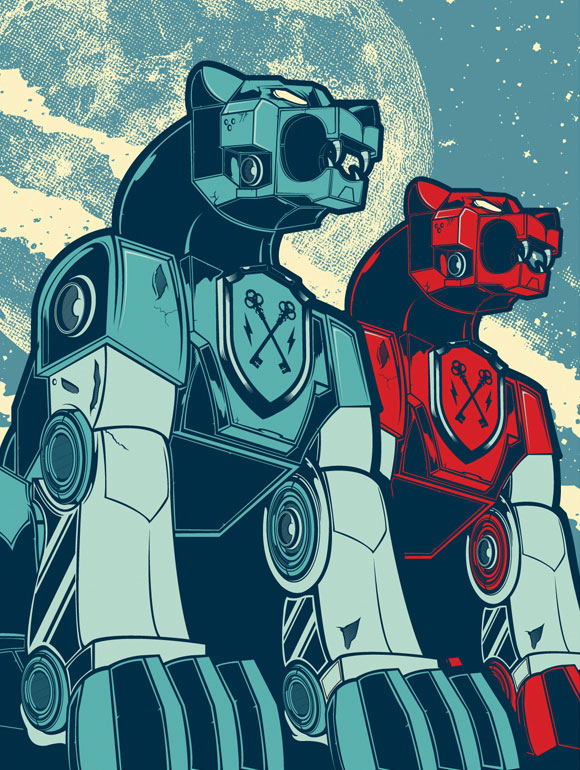
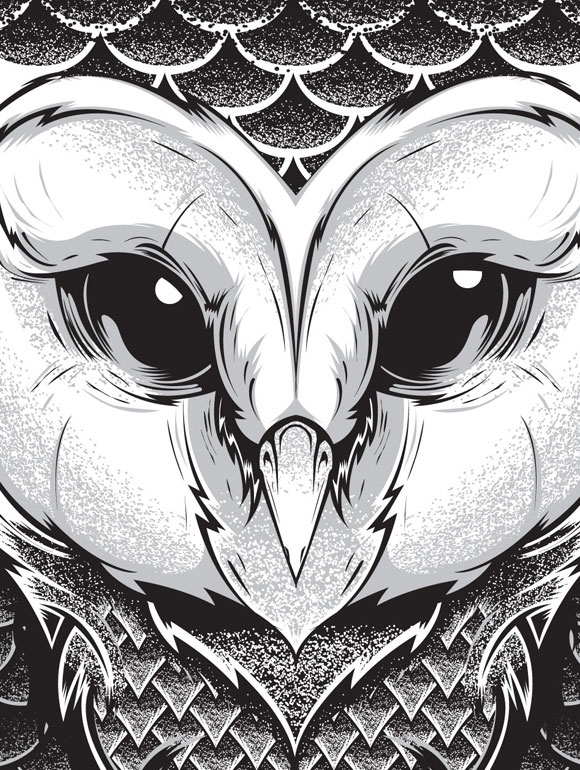
Keep in mind, that is subjective, so only use that as an idea, and not a goal, because in reality, talent and what people want from people like us as illustrators and typographers and so forth varies. Trends change, the environment changes and tastes change, and to know how to not emulate, but to build on top of those changing winds in design will be what makes you long-lasting and individual.
It’s never been about the talent, nor the skills, but more so about the knowledge. There are current trend-artists I can’t stand, and I also know from all these years, that I don’t see them bending like a blade of grass in the storms that this market brings. I don’t see them holding their own and adjusting. But there are many I know that thrive and when the climate changes, they prove to not only adjust, but forge new paths and make that climate better. I wish I could say I was one of those guys. I do my best when I can and hope to maintain, but in the end, I just learn to keep my confidence and patience as things move in different directions and in all hopes, build a path that keeps a certain relevancy.
You’ve worked with a number of client giants from Fox and Halo to XBox. What advice do you have for dealing with clients?
Here is the secret to most of that: early on, I was able to build relationships with different people before they worked with those companies. I always tried to make it a point to be the guy they would like to call and to talk with, and just know I’m not some ego’d up designer. They each moved or to better jobs, and as they moved, they kept me in mind for different opportunities. Some are people that knew of my work and got referred.
Everything you do is like a stone being thrown into a pond. Once the ripple starts, you don’t know where it mind end up. Designers get short sighted, only focus on the now and miss the possible things that can happen. You never know where you might be taken or who you get a chance to work with or meet.
Pricing
As for pricing, in the end, just ask what they have. You’ll know if they are low-balling you because of marketing or higher ups trying to get a deal. Most people you deal with know it’s not their money and want to give you what the project is worth. Just ask, be open.
If you have no confidence in that department, talk to people over at REACH.TV. They have been my guide on pricing and kind-of agents for a bit and I know they would love to talk. It’s people like that or other designers that can assist in what you know and what you believe is in reason. But also, I hate to say it because it may be counter productive as far as being a graphic designer, but don’t let money be the only guiding principle. Sometimes projects with lower budgets allow for the most opportunities. Sometimes the creative director’s hands are tied and if you demand too much, you lose a relationship. Just ask. Confidence, confidence, confidence!
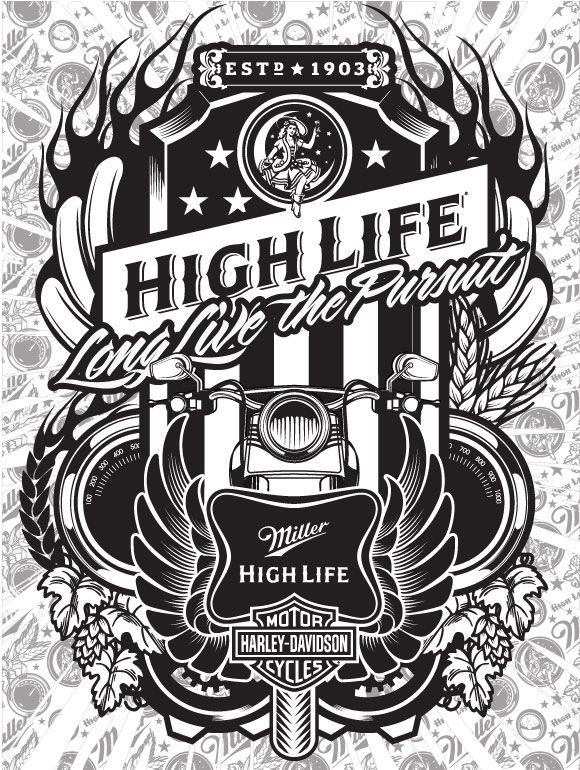
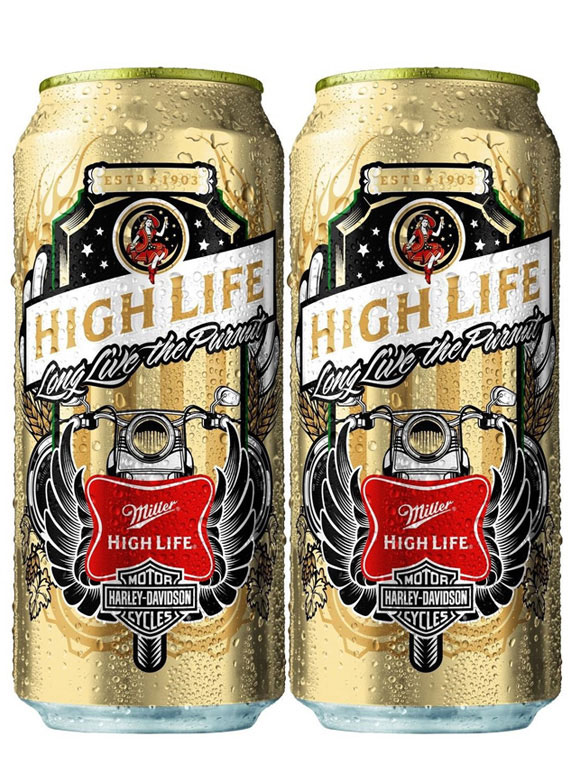
Hydro74’s Fonts
Be sure to stop by Hydro74’s Creative Market shop, where you’ll find a ton of awesome, unique fonts.
Thanks Joshua!
We’d like to extend a huge thank you to Joshua for taking the time to answer our questions. It’s amazing to hear so much advice and professional insight from such a talented and well-known artist. Be sure to hit up Hydro74’s website for more information and artwork.
From Bethel to Breakthrough: Advice and Inspiration from Hydro74





No comments:
Post a Comment
Note: Only a member of this blog may post a comment.